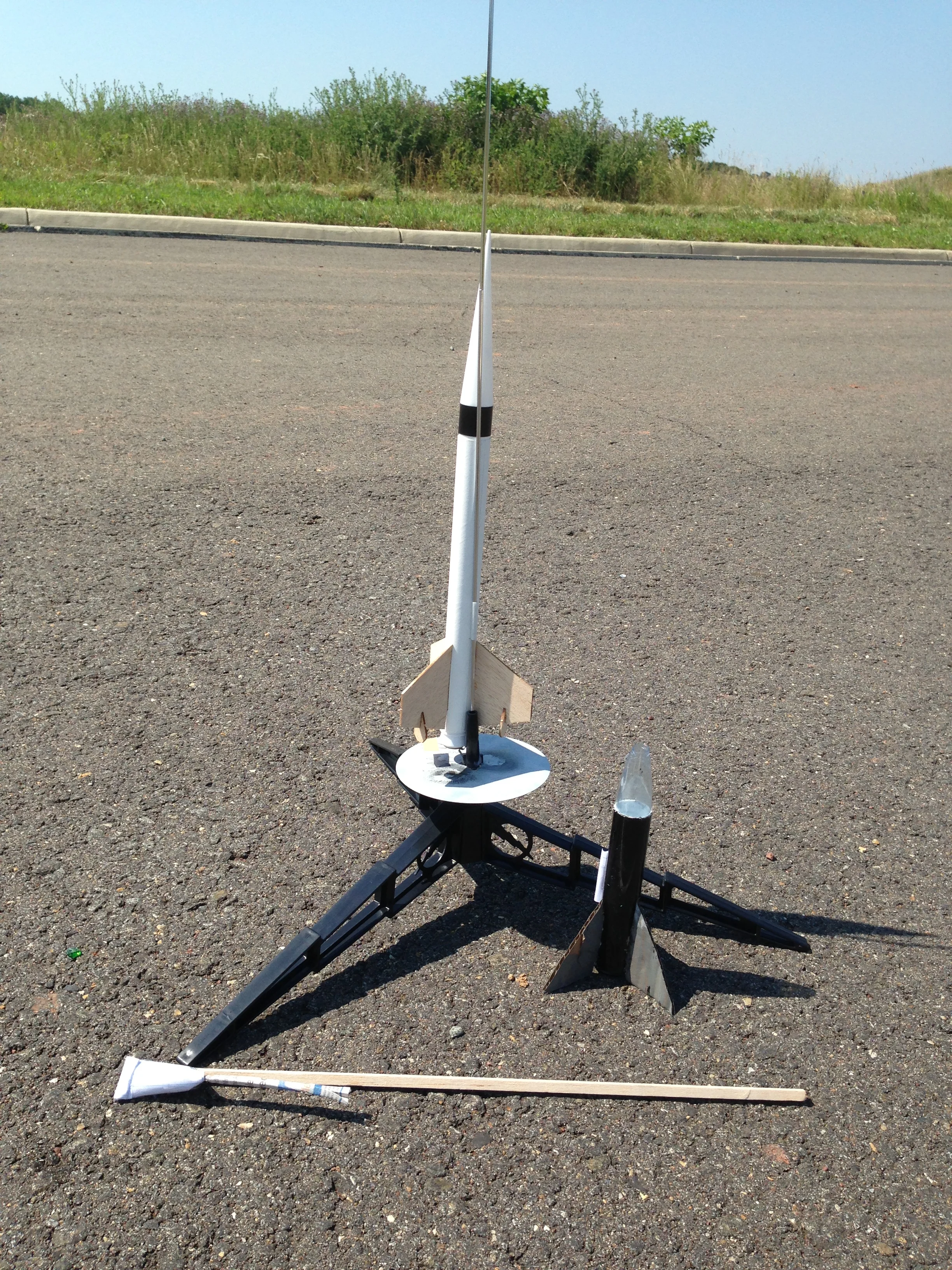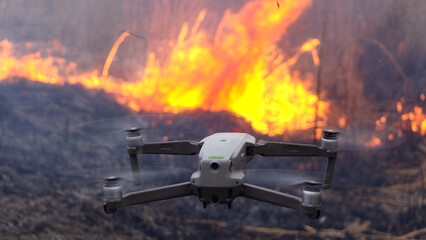Propeller noise has long been a concern in industries ranging from aviation to marine vessels and drones. Recent advancements in propeller technology have focused on reducing noise production, aiming to enhance user experience, minimize environmental impact, and comply with noise regulations. In this blog, we will explore the trending developments in propellers that prioritize silent operation. From advanced blade designs to active noise control techniques, discover how propellers are becoming quieter and more efficient than ever before.
However, if you are interested in learning more about the drone and its parts and functions, I should advise you to sign up for AEROGO workshops that will first help you solidify your ideas and the fundamentals of aeromodelling as they provide good hands-on practical knowledge on model making.
Advancements in Silent Propellers
1. Advanced Blade Design:
Advanced blade designs incorporate features such as swept blades, winglets, and modified trailing edges. These design elements optimize airflow, reducing turbulence and airfoil noise. Additionally, the twist and chord distribution of the blades is carefully optimized to minimize noise while maintaining performance and silent operation.
2. Composite Materials:
Composite materials like carbon fiber and fiberglass are being increasingly used in propeller construction. These lightweight materials have excellent noise-dampening properties, effectively dampening vibrations and reducing noise transmission. Compared to traditional metal propellers, composite materials offer enhanced noise absorption, contributing to a quieter operation.
3. Active Noise Control:
Propeller systems now utilize active noise control techniques to combat noise vibrations. Sensors and actuators are employed to measure noise levels in real time and generate counter-phase sound waves. By producing sound waves that cancel out the noise vibrations, active noise control significantly reduces noise produced by the propeller.
4. Computational Fluid Dynamics (CFD):
Computational Fluid Dynamics (CFD) simulations are used to refine propeller designs. These simulations analyze airflow patterns and turbulence, allowing designers to optimize blade shapes and profiles for noise reduction. By using CFD analysis, propellers can achieve quieter operation by minimizing noise-inducing factors.

5. Acoustic Testing and Validation:
Extensive acoustic testing is conducted to measure noise levels generated by propellers. This testing is performed in controlled environments, enabling manufacturers to evaluate the noise performance of their propeller designs. Based on the results of acoustic testing, propeller designs can be refined to meet specific noise reduction goals and provide a quieter user experience.
6. Regulatory Standards and Requirements:
Stricter noise regulations and requirements are driving propeller manufacturers to develop quieter solutions. Compliance with these standards ensures a reduced environmental impact and enhances the overall user experience. By meeting or surpassing noise standards, propeller manufacturers contribute to a quieter and more sustainable operating environment.
Conclusion
The trend towards silent propellers is driving significant advancements in propeller technology across industries. With advanced blade designs, the use of composite materials, active noise control techniques, and compliance with regulatory standards, propeller manufacturers are revolutionizing the industry. The goal is to provide quieter operation without compromising performance or efficiency. As noise pollution becomes a growing concern, the evolution of silent propellers holds the promise of a quieter and more sustainable future for aviation, marine vessels, and drone operations.
Allow your imagination to soar as you begin an exhilarating adventure into the realm of drone design at the AEROGO Drone Workshop. This one-of-a-kind workshop provides a practical opportunity to investigate the fascinating theoretical underpinnings of drone operation and design ideas. Participants will gain a thorough grasp of drone dynamics through interactive lectures and supervised design sessions, enabling them to build their very own drones from the ground up.












Comments